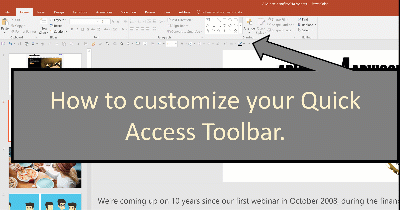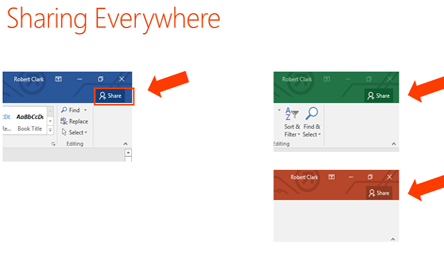Why You Don’t Need To Automate Rebalancing Hot
Most advisors rebalance one to four times a year. They also do tax-loss harvesting once a year.
Advisors have good reason for this timing. Rebalancing more often incurs additional trading costs for clients. Also, with market volatility, more frequent rebalancing seems futile.
There are similar explanations harvesting tax losses only at year-end. Why create extra trades and transaction costs solely to achieve postponement of tax? Finally, why make extra work for yourself when your clients won’t even notice? (And if they do notice, you can simply quote the reasons above.
Let’s get into the “nitty gritty.” Rebalancing by hand can take a lot of time. As the lead advisor, you can reduce this time because you know what you want and what to look for.
Additionally, it is hard to imagine that any software would be able to replicate your specific strategy for each client. You can rebalance only when the client needs cash, makes a significant deposit or, at most, quarterly. You can spread out quarterly rebalancing by splitting your clients into thirds, thereby rebalancing only a third of your clients once a month. You can also simplify the calculations. Instead of worrying about labor intensive location optimization, you can simply buy municipal bonds in taxable accounts. You won’t need to consider wash sales or redemption fees because you won’t be initiating transactions that frequently.
• Being able to delegate rebalancing to others in their office
• Transacting trades only when the portfolios need them
• Avoiding short-term gains
• Taking full advantage of tax minimization strategies including location optimization
• Keeping all portfolios in balance without significant labor hours
• Harvesting tax losses throughout the year, creating more tax benefits for clients while assisting mutual funds in avoiding large cash flow fluctuations at the end of the year
• Consistency and quality control
• Eliminating trade errors
• Freeing themselves up to enable more client interaction and marketing









